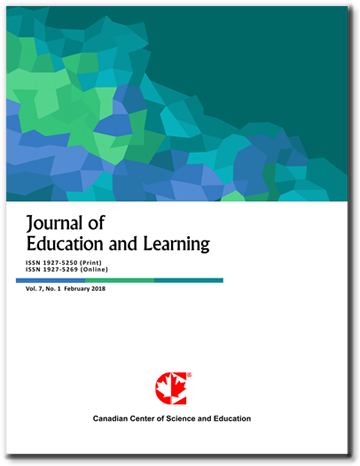Development of a Creative Project-Based Learning Model Through the Metaverse that Promotes Creativity and Innovative Work for High School Students in Pilot Schools of Education Sandbox
- Napaporn Wanthong
- Thapanee Seechaliao
Abstract
This research aimed to (1) investigate the current situation, needs, key components, and instructional steps of a creative project-based learning model; (2) develop the model; (3) implement it; and (4) evaluate and validate it. This research methodology involved a research and development process conducted in four phases: Phase 1 investigated the current situation, needs, key components, and instructional steps, using a sample of 1,142 students and 31 computational science teachers. Phase 2: developing the model and evaluating it by five experts. Phase 3 implemented the model with students from three school sizes: large, medium, and small. Phase 4: validating and endorsing the model by six experts. The research findings were as follows: 1) Teachers had never implemented learning activities through the metaverse in computer science courses. The most needed were adequate computer equipment, high-speed internet, and budget allocation for necessary technological tools. 2) The developed model consists of six components and five instructional steps: (1) concepts and principles, (2) objectives, (3) content, (4) Metaverse, (5) instructional procedures including preparation, creative planning, creative projects, creative presentations, and evaluation, and (6) model evaluation. Experts evaluated that the overall model was appropriate at the highest level. 3) The creativity of students, which included originality, flexibility, fluency, and elaboration, was at a high level. The innovative work quality of students, including novelty, knowledge integration, creativity, efficiency, and usefulness, was at a high level. Learners were satisfied that the learning management was also at a high level. 4) The validation and endorsement of the model demonstrate that the components of the model are suitable at the highest level. The instructional steps have been assessed as highly appropriate. This model is considered highly accurate, suitable, beneficial, and valuable. Experts certified that the learning management model is entirely consistent, with a 100% accuracy rate
- Full Text:
 PDF
PDF
- DOI:10.5539/jel.v15n1p388
Journal Metrics
Google-based Impact Factor (2021): 1.93
h-index (July 2022): 48
i10-index (July 2022): 317
h5-index (2017-2021): 31
h5-median (2017-2021): 38
Index
Contact
- Grace LinEditorial Assistant
- jel@ccsenet.org
